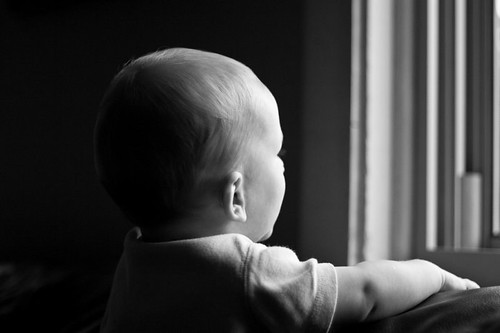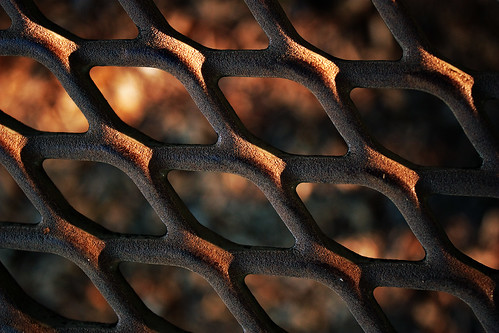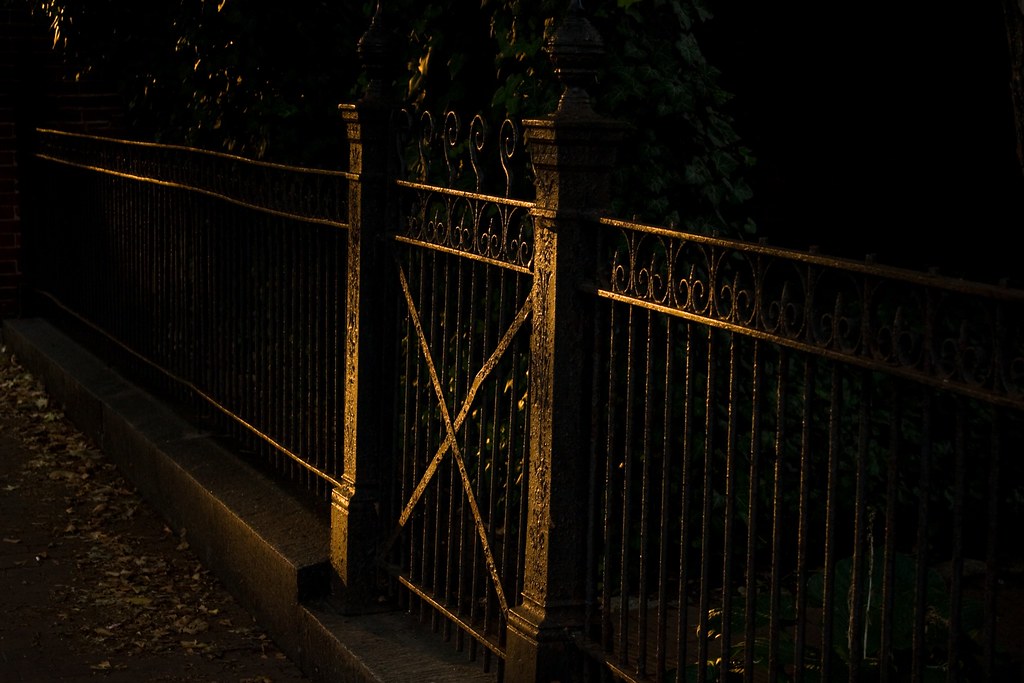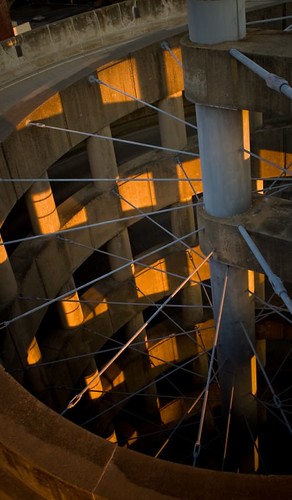Several months ago my wife and I took our two kids to get their portraits done at the mall at a place called "The Picture People". I have been there several times before getting pictures of our daughter, etc, but I had never known anything about photography or cameras. That being said, I didn't really have any problems with their photos. They were "ok", however I wasn't the kind of person to question the "professional talent" that surely existed there.
Fast-forward to my most recent experience: After engrossing myself in tons of literature on cameras, photography techniques, etc I started wondering about Picture People gear. What kind of cameras did they use? Did they use portrait lenses? How are they making their prints? Armed with this curiosity, I decided to drop some questions on our designated Picture People photographer (PPP) who would be shooting Liam and Audrey. The following is a paraphrased dialog of our conversation:
Me: So what kind of camera do you use here?
PPP: What?
Me: Is that a Canon SLR?
PPP: Uh, I think so. I really don't know.
(At this point I'm shocked. These people charge stupid prices for portraits, and yet they have people taking pictures who can't even tell you what kind of camera they use)
Me: Do you mind if I take a look at it?
PPP: No, go right ahead. (hands me the camera)
Me: Oh, its a Canon 20D with a Tamron Zoom Lens (The exact specs escape me now).
PPP: Oh yeah, our boss uses the newer one. I think that its the Canon 10D?
Me: Oh, do you mean the Canon 40D (which had just come out about 2 months ago)?
PPP: No, I think that its the 10D. Its really really nice, I guess. I don't really know much about the cameras.
Me: (Feeling a little cheated by the fact that this person makes money shooting photos of my kids with gear that she can't identify)Soooo, Do you use Epson printers for your prints?
PPP: Oh, I have no idea. We have this big machine in the back that prints them out. I can show it to you, if you like?
Me: Sure, can I see it? (She leads me behind the counter to the printing room).
What I saw was a huge monster of a machine that looked like it could have pushed out Ford F150's. It was cranking pretty loudly, and I felt kind of weird and nosy, so I stepped out.
Me: Wow, that's a big machine for prints.
PPP: Yeah, it prints them really fast too.
Me: So how large can you print on that thing?
PPP: Oh, I don't know...I can look it up if you'd like.
Me: No, that's fine. I was just curious. Thanks for your help.
PPP: No problem.
Needless to say, the portrait of Liam was stinky. What made it worse was that we were able to choose from about 10 different shots and couldn't find any that we liked. The pose were mediocre and the composition of the photos weren't great either. My feelings were that, with a bed sheet, some good natural light, and one of the Digital photography Class cameras from school, I could definitely do better than this person.
This past Sunday, I had the chance to try out that theory. Below are some shots taken of Audrey in a fancy dress that she got from a friend from church.




To be honest, I think that perhaps I just got an airhead of a person at the Picture People. Maybe somebody who just filled a gap for them. On the other hand, it made me wonder how much they actually train their staff if the people can't even identify what camera they use. If they can't do that, then how sure can I be that they even know how to USE the camera?
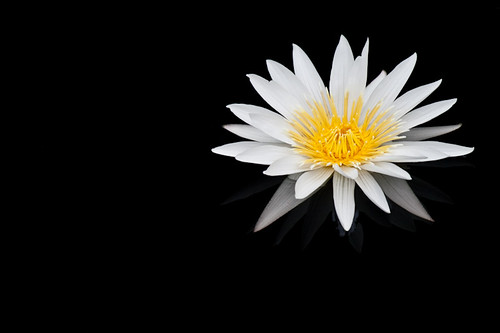 It seems that sometimes picking up the camera and taking pictures can feel like picking up a 20-ton block when you're not motivated. Motivation can play a key role in helping you to take better pictures. One of my biggest gripes about my childhood photos is that they all seem to be holiday and vacation photos. My family members weren't really motivated to take pictures any other time.
It seems that sometimes picking up the camera and taking pictures can feel like picking up a 20-ton block when you're not motivated. Motivation can play a key role in helping you to take better pictures. One of my biggest gripes about my childhood photos is that they all seem to be holiday and vacation photos. My family members weren't really motivated to take pictures any other time.
